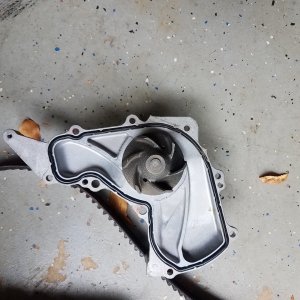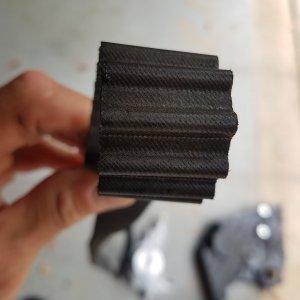Question for the NSX experts regarding frequency of timing belt replacement....
I own a 2003 NSX. I purchased it in January 2014, with 50,188 miles on it. In May of 2014 I had the Timing belt, Water Pump, and spark plugs replaced at 50,600 miles at the recommendation of my Acura Dealer's NXS mechanic. Reason being that the recommended mileage for replacement had not been reached, but the car had gone 11 years without a timing belt replacement.
Today, in May 2023, this NSX has ~56,000 miles on the odo. I lay it up for winter (I live in the NorthEast) and it's not my daily driver (yet).
After 9 years and 5,400 miles should the timing belt, water pump, and spark plugs be replaced again?
Or what would the correct interval be given that the car is on the road 6 out of 12 months and not driven that much?
- Mike
I own a 2003 NSX. I purchased it in January 2014, with 50,188 miles on it. In May of 2014 I had the Timing belt, Water Pump, and spark plugs replaced at 50,600 miles at the recommendation of my Acura Dealer's NXS mechanic. Reason being that the recommended mileage for replacement had not been reached, but the car had gone 11 years without a timing belt replacement.
Today, in May 2023, this NSX has ~56,000 miles on the odo. I lay it up for winter (I live in the NorthEast) and it's not my daily driver (yet).
After 9 years and 5,400 miles should the timing belt, water pump, and spark plugs be replaced again?
Or what would the correct interval be given that the car is on the road 6 out of 12 months and not driven that much?
- Mike












